This was my third visit to Hampi, but the first time that I drove myself to the historical city. Hampi sits on the banks of the Tungabhadra river in the ruins of the ancient city of Vijayanagar, capital of the once flourishing Vijayanagara empire.
The road to Hampi is pretty straightforward. I took the NH48 from Bangalore and then slid into NH50 near Chitradurga. The NH50 is under major repairs but its still faster than any alternative routes.
On the way we passed the Tungabhadra reservoir. The national highway leads directly to the town of Hospet, from where we drove into Kamlapur, where our hotel was located.
Clark’s Inn
We were staying at Clark’s Inn for the duration of our stay in Hampi. Even though we had an amazing time at the Hyatt Hampi in 2014, I reserved this hotel mainly because I wanted to stay closer to the UNESCO site. Staying at Clark’s Inn reduced my travel time to reach the ancient monuments from 40 minutes to just over 10 mins.
Clark’s Inn is a decent place to put up for a few days. The food is nice and the staff hospitable. They also have a small swimming pool. But the parking is a bit of a concern since it lies in the basement and the lane leading to it is quite narrow. On the bright side, they do however have valet services to help out visitors.
History of Virupaksha Temple
Like I mentioned before, I have been to Hampi multiple times but this time I came with the sole purpose of capturing the iconic Virupaksha temple (храм вирупакша) at different times of the day.
While discussing the monuments at Hampi, the first thing that comes to mind is the contribution of the Vijaynagara Empire. However the Virupaksha – Pampa sanctuary existed well before the Vijayanagara capital was located here.
Virupaksha Temple has been a most prominent center of pilgrimage at Hampi for centuries with earliest records dating from 689 CE when it was known as Pampa Tirtha after the local river God Pampa. The temple is fully intact among the surrounding ruins and is the only active temple in all of Hampi. The temple is dedicated to Lord Shiva, known here as Virupaksha.
The shrine dedicated to Shiva was established on the banks of the Pampa (Tungabhadra) river sometime in the 7th century, thus making it older than a thousand years. It is debatable whether the initial temple was actually the structure that is still on top of the Hemkuta Hill known as Mula Virupaksha Temple. By logic it should, since temples are generally created on the top of hills. By the mid 7th century the temple had already become a revered Saiva pilgrimage with the Saivas taking up settlement on the Hemkuta hill just beside the temple.
In those times Hampi was known by the name Pampakshetra. It is not clear when but the growing popularity of the temple might have resulted in the creating of the larger Virupaksha Temple near the banks pf the river Pampa (Tungabhadra).
The mythology surrounding Virupaksha Temple
The Tungabhadra river of today was in ancient times known as the river Pampa. The Skanda Purana mentions Pampakshetra as saktipitha, describing it as the abode of the goddess Pampa otherwise referred to as Parvati. According to local myth, Pampa, the daughter of Brahma, mortified herself here to gain the hand of the Lord Shiva. Multiple references to Pampakshetra can be found in records between the 7th to 14th century, overlooking the banks of the Tungabhadra, which currently include Hampi and Anegundi. Several inscriptions can also be found at the temple itself dating back to the 9th and 10th centuries.
Time passed and what started as a small shrine grew into a large complex under the Vijayanagara rulers. Domingos Paes (1520–22 AD) whose records provide valuable inputs into life during the Vijaynagara reign mentions that inspite of the numerous temples in the vicinity, Virupaksha temple was the one which the people held most veneration for.
The Vijayanagara rulers, in the middle of the 14th century, initiated the blossoming of native art and culture in the region. Though most of the temple buildings are attributed to the Vijayanagara period, there is ample evidence indicating to additions that were made to the temple in the late Chalukyan and Hoysala periods. When they were defeated by Deccan Sultunate in the 16th century, most of the wonderful decorative structures and creations were systematically destroyed. However they were not able to destroy the religious sect of Virupaksha-Pampa. Even after the anhilation of the city in 1565, worship of Shiva persisted throughout the years and continues even today.
Breaking dawn at Virupaksha Temple
On my first day in Hampi, I woke up at break of dawn and drove down to the temple. By the time I reached the parking lot near the temple the sky was already glowing in blue and the stars were beginning to fade away. The parking was mostly deserted.
One of the best spots to catch the sunrise is from the Hemkuta Hill. Its an easy hike up towards the western side of the hill. By the time I took my position on the Hemkuta hill, the Sun was ready to cast its blessings on Hampi and I was ready with my tripod to capture its glory.
I set up my composition on the main gopura, which is the most ornate structure of the temple. The main gopura or temple tower is called the hiriyagopura or the chief tower. It has a brick superstructure and a stone base. Supervised by Devaraya’s minister Proluganti Tippa, the nine-tiered eastern gateway is the largest of the gopuras raised by the Vijayanagara kings.
Light changes pretty fast in these moments and within minutes the gopura was flooded with light from the Sun.
Daytime at Virupaksha Temple
By afternoon the sky had changed to a brilliant blue. The devotees were streaming in. Being a weekday, it was comparatively less than the crowds on weekends.
At present, the main temple consists of a sanctum, three ante chambers, a pillared hall and an open pillared hall. It is decorated with delicately carved pillars. The smaller eastern gateway leads to the inner court with its numerous smaller shrines. The hall of the main temple is believed to have built under the patronage of Saluvamantri, a minister of Sangama Mallikarjuna (1447–1465 AD).
Another gopuram towards north known as the Kanakagiri gopura, leads to a small enclosure with subsidiary shrines and eventually to the river Tungabhadra.
Krishnadevaraya, the most famous kings of the Vijayanagara Empire was a major patron of this temple. The most ornate of all structures in the temple, the central pillared hall is believed to be his addition to this temple. So is the gateway tower giving access to the inner courtyard of the temple.
It is recorded that Krishnadevaraya commissioned the open air hall in 1510 AD to mark his accession. Inscriptions on a stone plaque installed next to the pillared hall explain his contribution to the temple.
Nights at Virupaksha Temple
Sun is strong in Hampi. Evenings brought relief to my parched body. It also brought with it a magical glow to the surroundings. The sky went all red for a moment. The guard wouldn’t allow me to set up my tripod so I took this handheld.
After this we walked out of the fenced area where I set up my tripod to capture the one below. By that time the sun had already set but it left behind a beautiful blue sky.
After catching the temple at sunset, I made my way towards the wide street in front of Virupaksha, situated between the eastern gate of Virupaksha and the northwestern foot of the Matanga hill. Domingos Paes describes it as – a very beautiful street with beautiful houses with balconies and arcades, sheltering pilgrims that come to it, and with houses for the upper classes. He also mentions that the king too had a palatial residence in the same street.
Festivals at Virupaksha
In the month of February the annual chariot festival is celebrated here. Nicolo Conti, the first European visitor to Vijayanagara (1420–1421 AD), refers to two chariots which carried idols through the city. Richly adorned women or courtesans accompanied the procession stinging hymns in praise of the lord. Poet Ahobala, the author of Vasantotsava Champu, also refers to the two chariots: one taken out by the Brahmins and the other by the merchants or shudras.
Interestingly, the Virupaksha chariot festival has been continued ever since it was introduced in the fourteenth century and neither the fall of the empire nor the destruction of the capital in 1565 AD seems to have affected its popularity or practice. To date, the largest gathering at Hampi is witnessed during the chariot festival of Virupaksha held every year in March/April as per the local calendar.
Renovations
There have been major renovations which included painting the towers of the north and east gopura. When I was here a few years back the gopura were in white but I see a beige paint now. It is also heartening to see that ASI has stayed away from applying plasters to stone carvings like they did at Kailashanthar temple in Kanchipuram, which actually makes them look ugly.
I leave you with the last image of the day: Virupaksha captured from the steps of Matanga Hill at night.
Thanks for reading. Please leave me a comment if you liked the post or follow my story as I revisit the monuments on Hemkuta Hill.
Disclaimer: The information presented in this article is based on the time I visited the premises. Note that there might be changes in the prices of merchandise and admission fees that might have occurred after this article was published. At times the facility might also be closed for repairs or for variety of other reasons. Kindly contact the facility or facilities mentioned in this article directly before visiting.
Usage of this site indicates acceptance of my Terms and Conditions.
Credits: The historical information presented herein is gathered mostly from local guides that were re-inforced via historical writings.
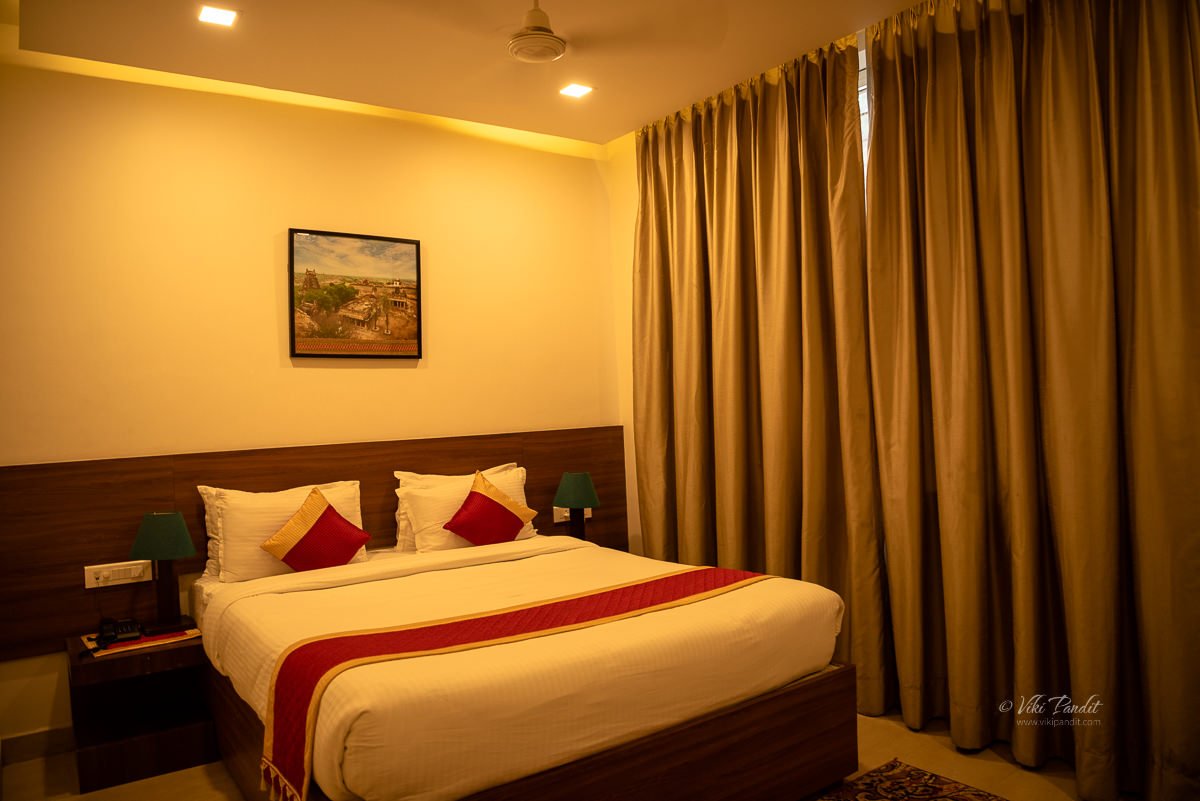
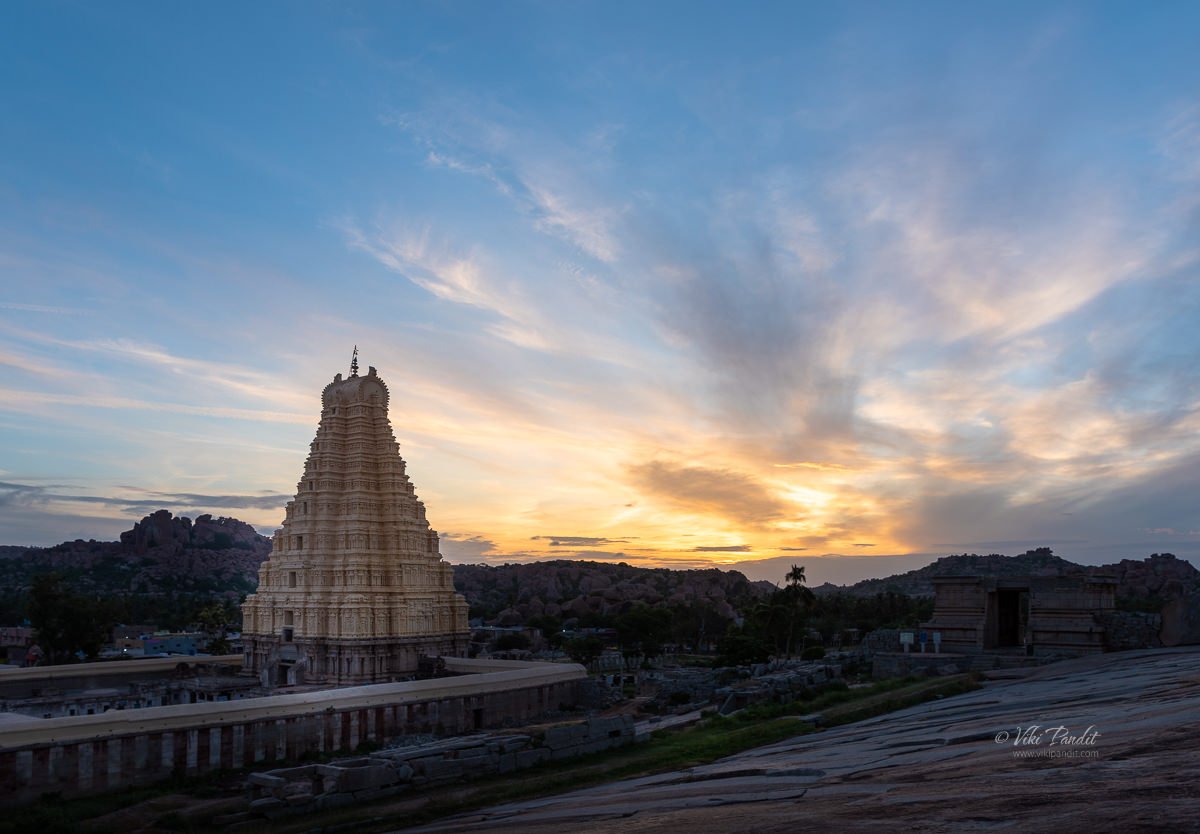
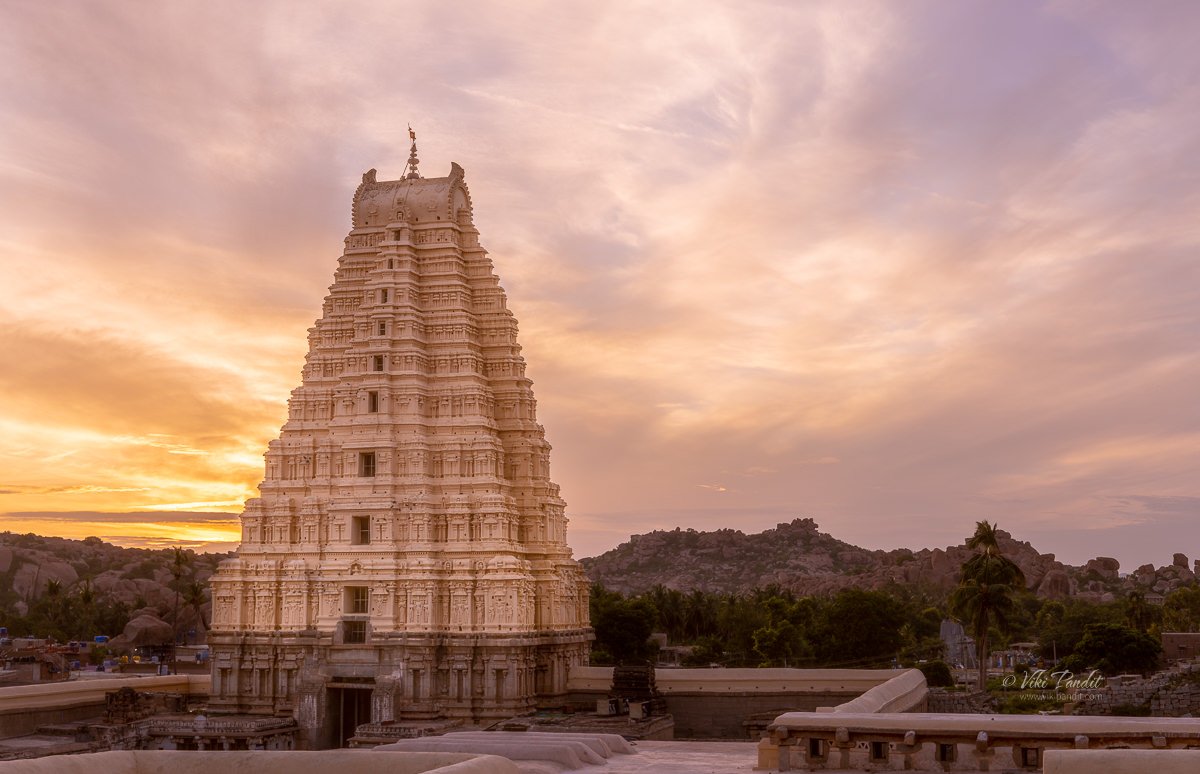

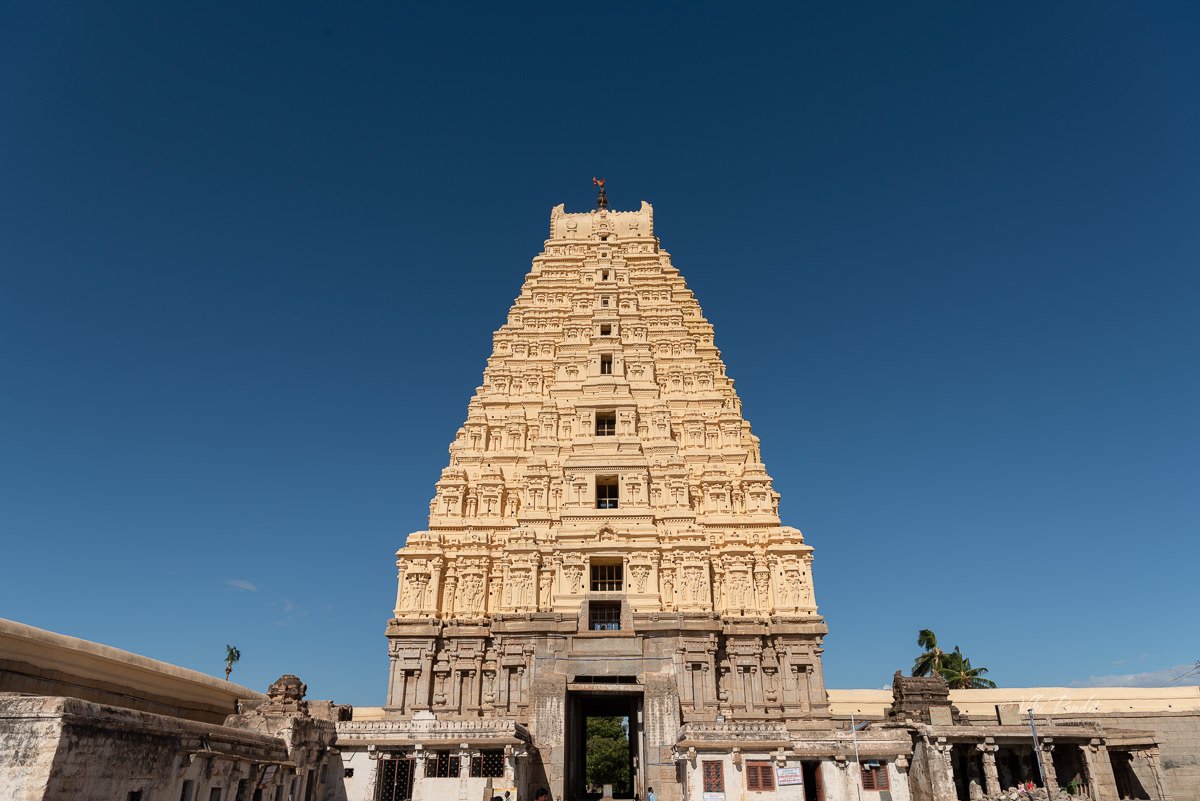
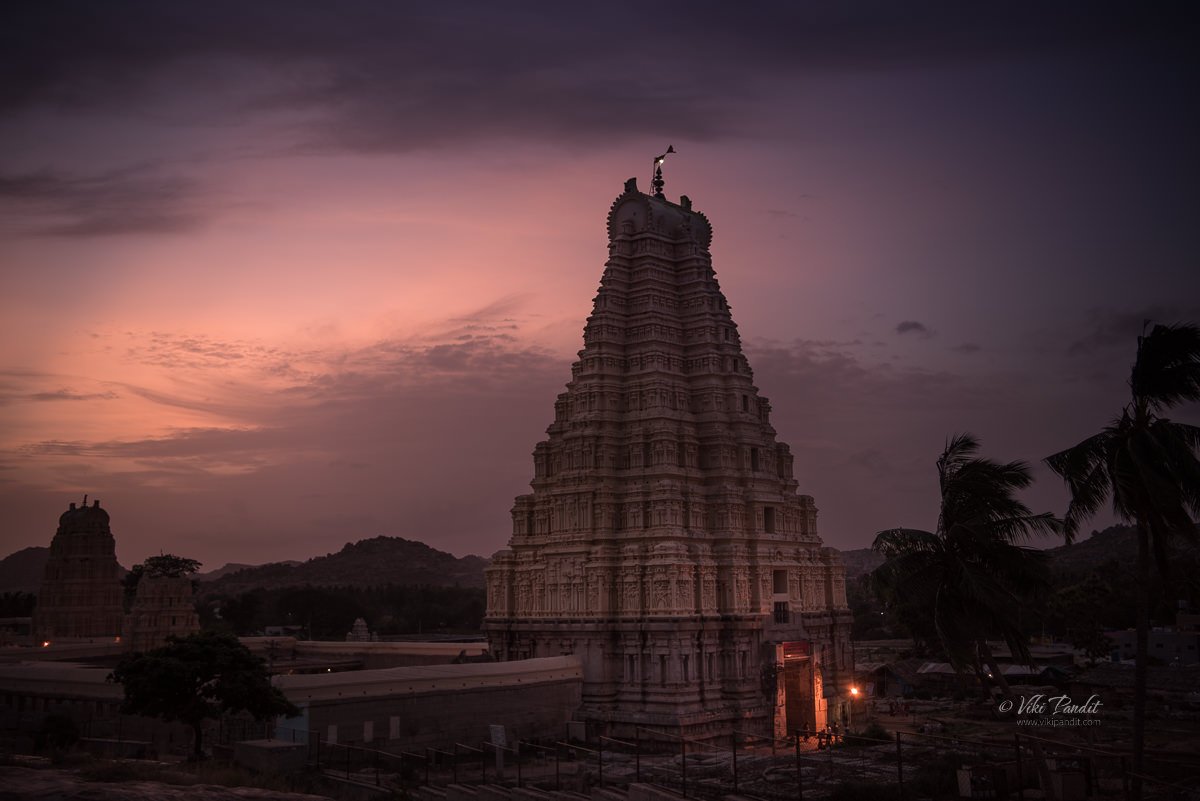
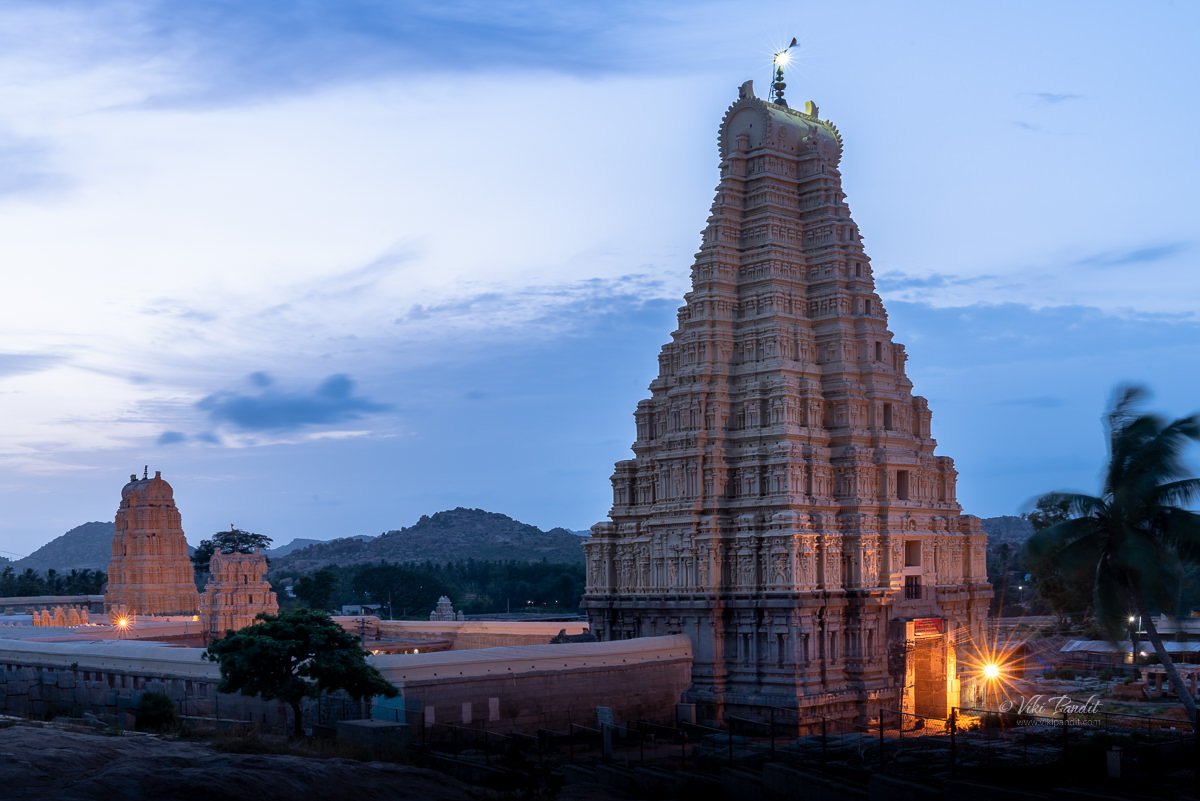

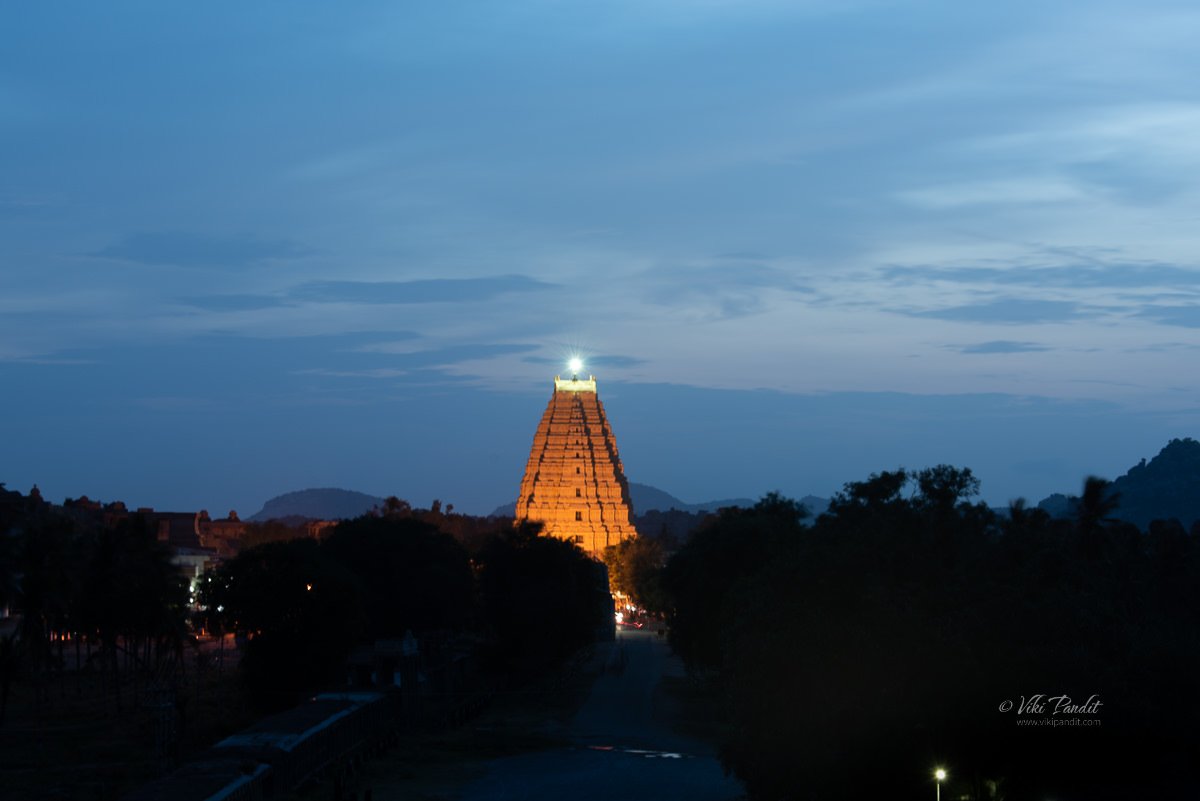
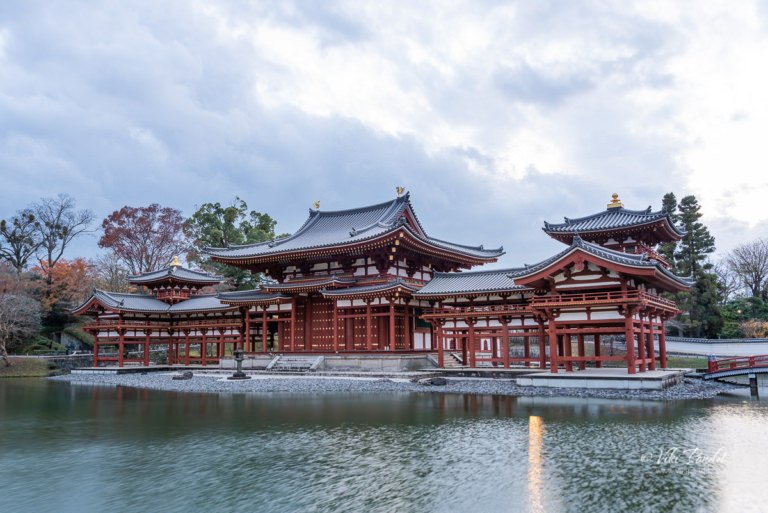
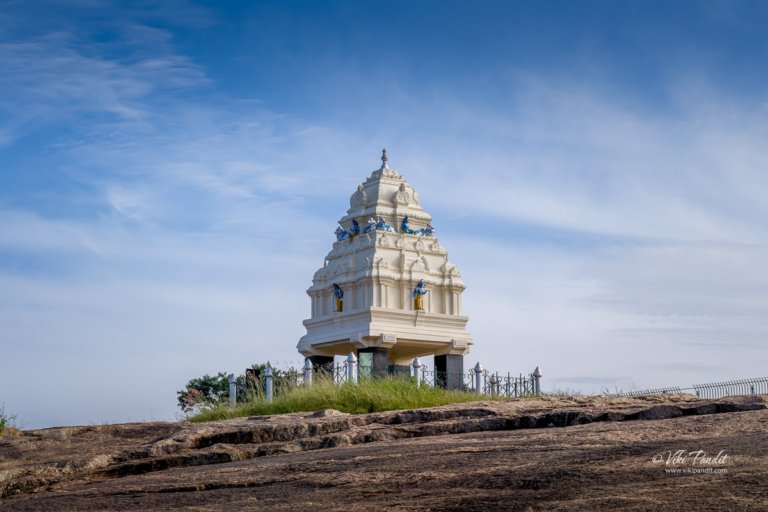
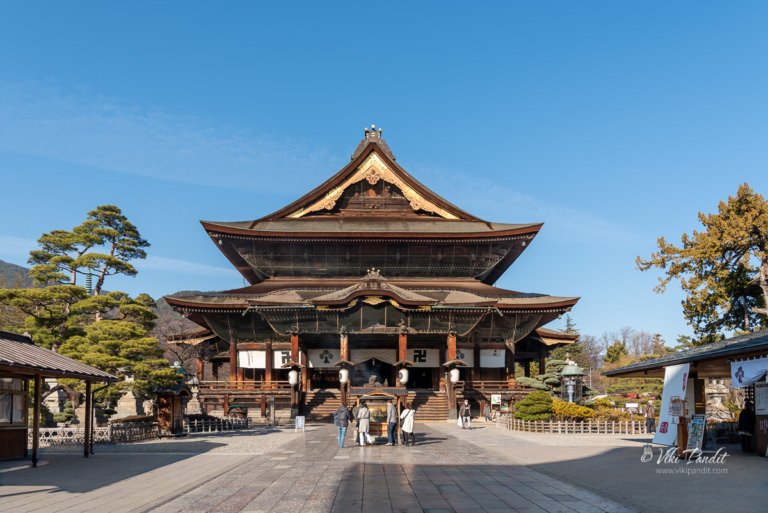
So impressed with the photographs, a monument can look so luring when clicked right !
Awesome work.
Wanted to use your pics for one of my purposes, but of course they are copyrighted 🙂
Thanks Smita, yes the images posted here are not for free for commercial use.